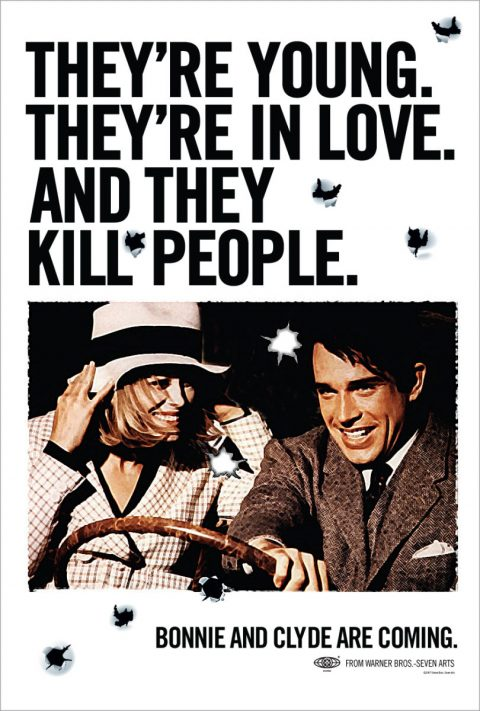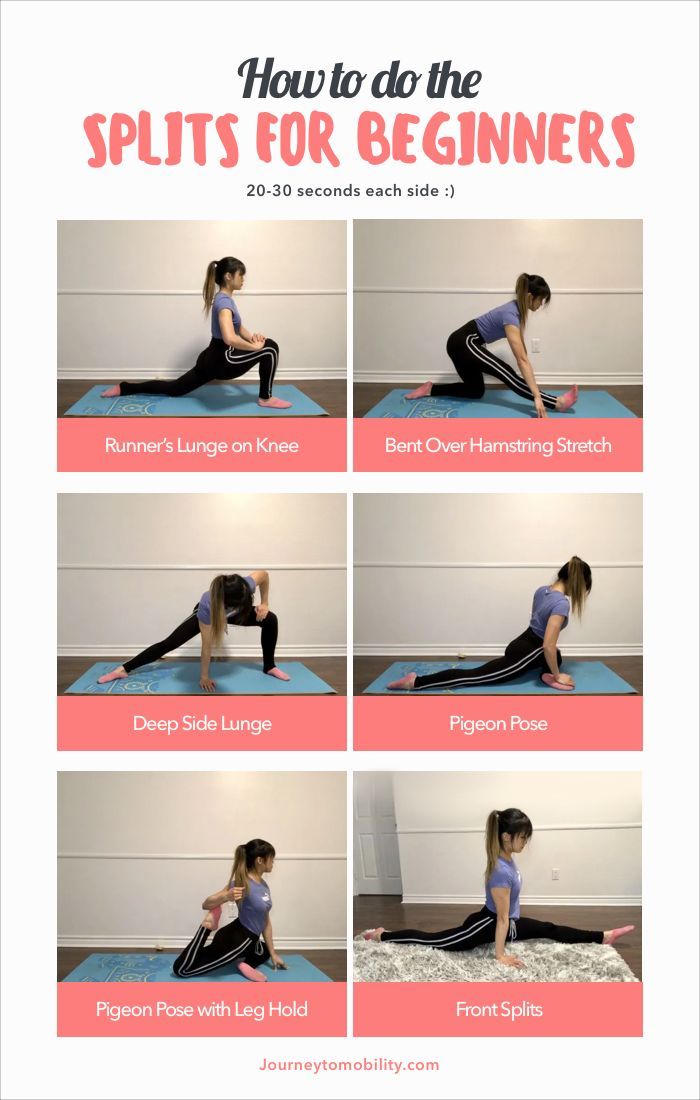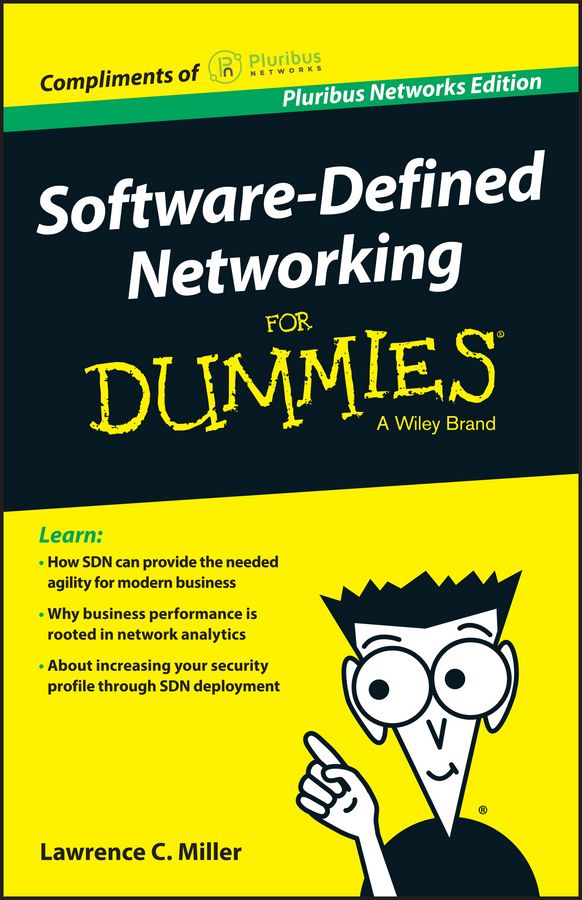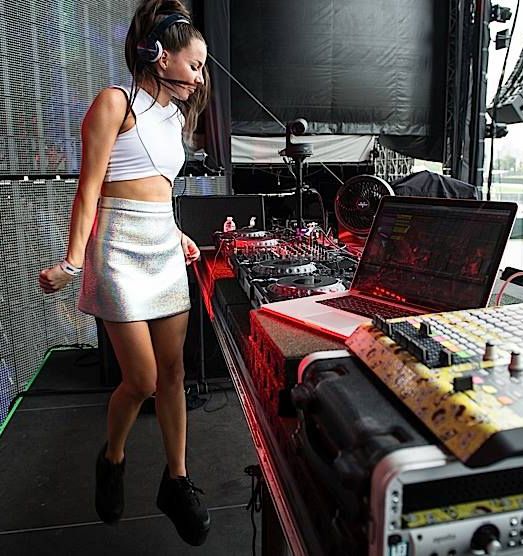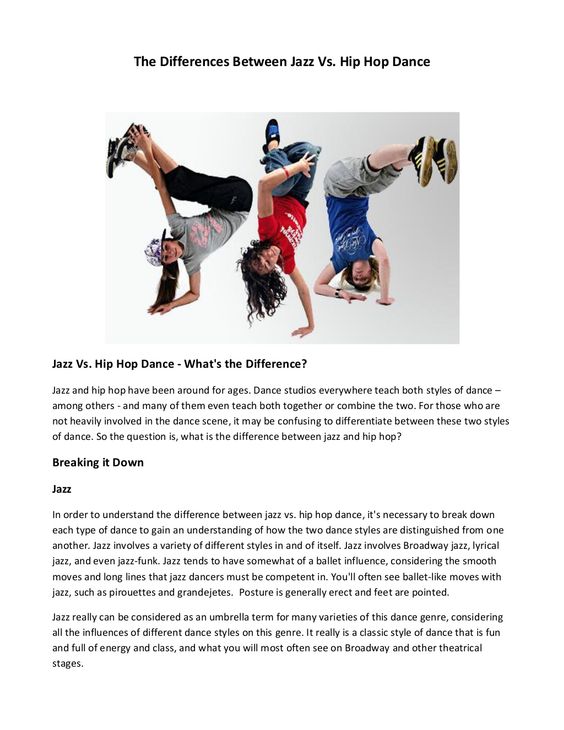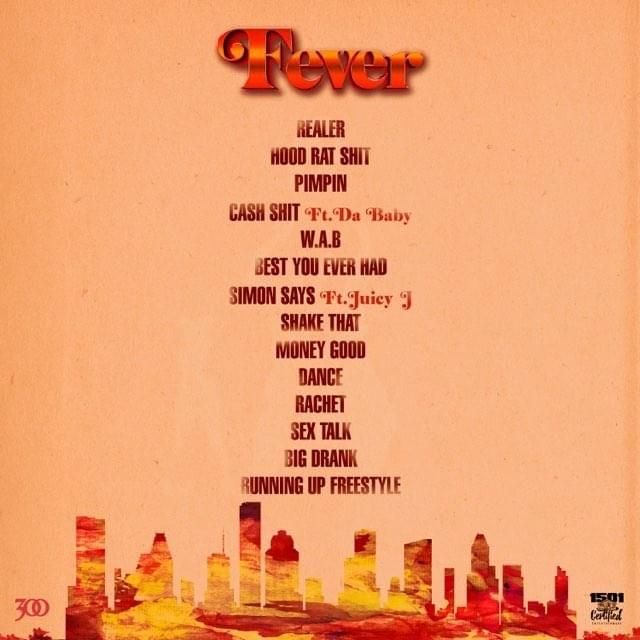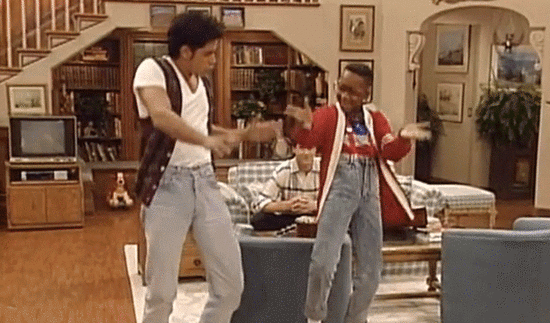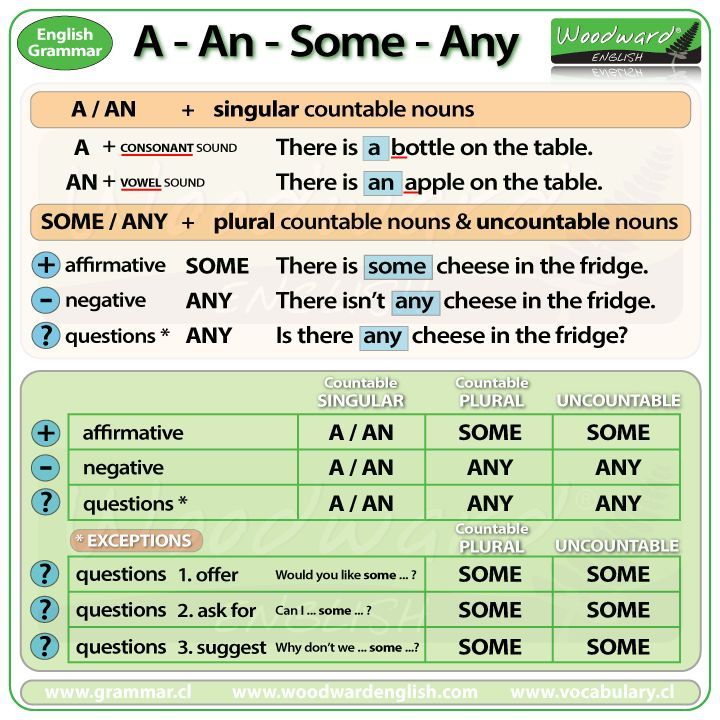How to freestyle dance better
Freestyle Dance: Tips From the Pros
Freestyle dance is an incredibly popular form of dance that goes beyond choreographed sets and allows dancers to channel their inner creativity to create their own moves. While there's certainly no wrong way to freestyle dance, there are some tricks and tips you can implement to get the most out of your dance session.
Who Invented Freestyle Dance?
Freestyle dancing, sometimes referred to as street dancing, is a unique type of dance that is based on improvisation rather than the choreography seen in other dance varieties. As the era of disco died, freestyle dancing was born in the early 1970s when dancers began to show off their freestyle skills on the streets and in public areas. New York and Los Angeles were home to several important locations that contributed to the birth and growth of freestyle dancing, while Jamaica played a role in the incarnation of reggae seen in some forms of freestyle dance.
Today, freestyle dance has evolved to be edgier and harder and has given birth to several other forms of dancing like krumping, street jazz, breakdancing, and popping and locking.
4 Tips to Take Your Freestyle Dancing to the Next Level
B-Boy Wing dancing at the Hotel Couvent des Minimes in Lille, France
© Little Shao/Red Bull Content Pool
While freestyle dancing is based on uniqueness and improvisation in the moment, there are several tips to keep in mind to take your dance moves to the next level. These tips include:
1. Just Start Moving
“Nobody cares if you can't dance well. Just get up and dance. Great dancers are great because of their passion.” – Martha Graham
This tip may seem obvious; it's easy to get stuck in your head when first starting to freestyle dance. The purpose of freestyle dance is to express your own unique voice and create moves that are individual and improvised. Getting caught up with the ins and outs of freestyle dance often has a negative effect on the dancer's actual dancing. So, before anything else, push your fears and judgments aside and just start moving your body to the music.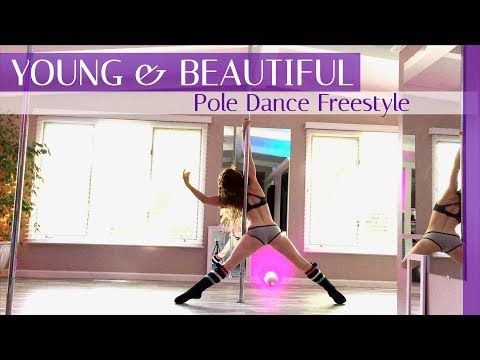
2. Focus on One or Two Styles of Freestyle Dance
Rather than trying to master every style of freestyle dancing, choose one or two styles that feel right and focus on mastering those. There are several foundational styles of dancing that are based on where the dancers are dancing and the music that's popular in their area. Popular styles include rump, popping, locking, house, and breaking. Pick which style you gravitate most to and spend your time practicing the techniques of that style regularly.
B-Girl AT
© Maarit Halonen / Red Bull Content Pool
For example, if you really like robot freestyle dancing, practice the popping and locking technique that's commonly seen in this style of dancing. Once you've mastered popping and locking, move onto another dance move that's unique to robot dancing. Music that's great for robot dancing is techno, dubstep, and electro-funk.
3. Take a Dance Class
“I learned to appreciate repetition.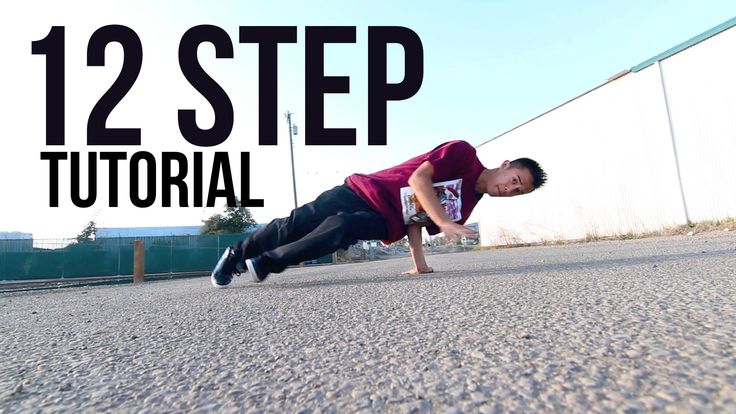 That's why I can dance. It's how I learned to act. I have a high tolerance for repetition.” – Channing Tatum
That's why I can dance. It's how I learned to act. I have a high tolerance for repetition.” – Channing Tatum
Sure, freestyle dance is centered around improvisation, but that doesn't mean you can't take a dance class or two to learn new moves to incorporate into your freestyle dancing. Dance classes will expand your abilities and movement and give you ideas on how to broaden your freestyle dancing experience. A dance class will also introduce you to other movers' styles, which may ultimately lead you to find a new style of dancing you enjoy just as much.
And, a dance class gives you the chance to watch yourself dance in a mirror and for an audience, so you can get feedback and see just how awesome you look breaking it down.
Virginia Tomarchio and Lil G perform
© Mauro Puccini/Red Bull Content Pool
4. Activate Your Creativity
“Dance is the only art of which we ourselves are the stuff of which it is made.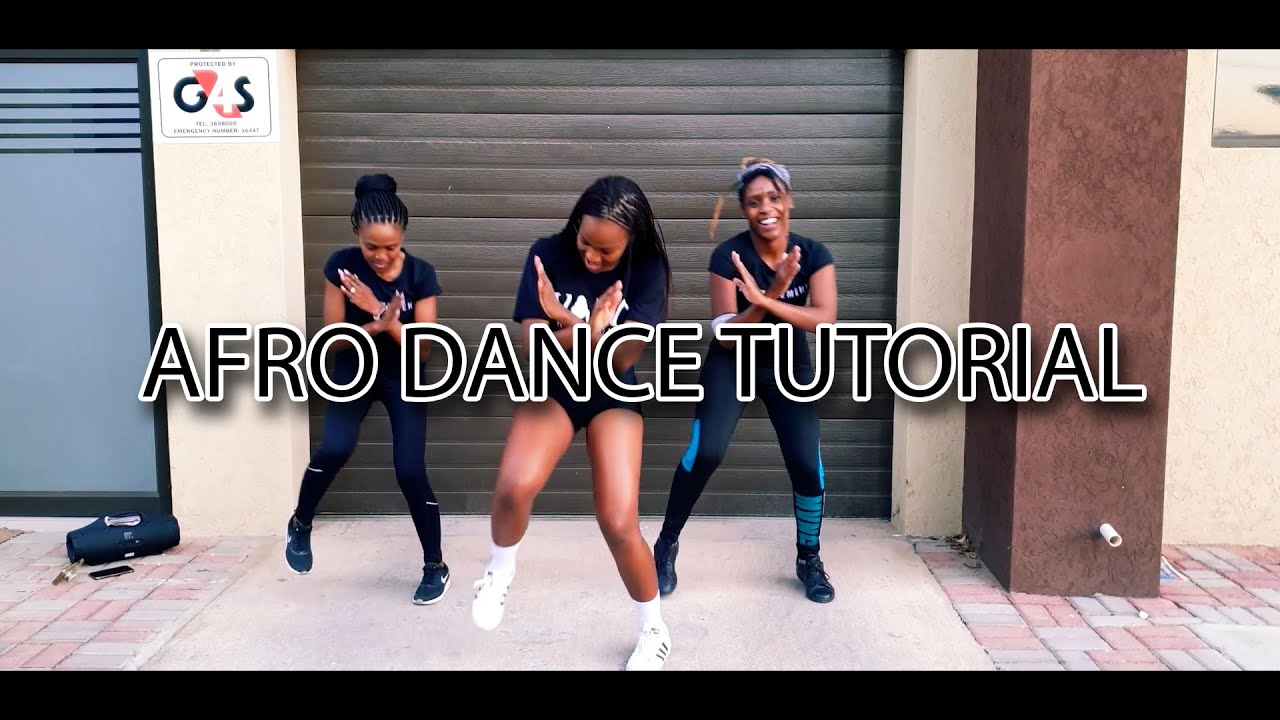 ” – Ted Shawn
” – Ted Shawn
Freestyle dance is an incredible way to release your creativity and expand your understanding of yourself. But before you can do this, you must first learn how to activate your creativity. Most people don't go through the day focused on how they can express their creativity. In fact, for many, everyday life is a way of stifling our creativity. Luckily, there are several ways you can broaden your creative horizons and tap into your own unique spirit.
Visit an art show, watch a new TV show, read books, and take time to be in nature. Immerse yourself as much as possible in creative settings, even if it's just a walk through a new park. The more you can tap into your creativity, the better you'll be at freestyle dancing.
Incorporating these tips into your freestyle dance practice will help you hone your skills on the dance floor and express your creativity through dance in new and exciting ways.
How To Freestyle Dance | STEEZY Blog
So we've talked about how to learn and execute choreography.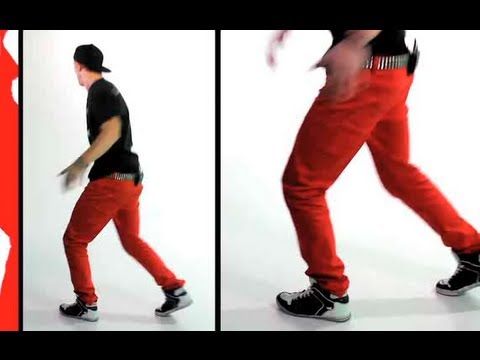 Freestyling is another integral part of learning how to dance.
Freestyling is another integral part of learning how to dance.
Freestyle dancing makes you more comfortable in your own body, gives you the opportunity to explore new ideas for movement, and lets you let go and have fun expressing yourself!
This guide will teach you how to freestyle dance, step-by-step.
(But remember, the important part is that you get up and do it yourself!)
What Is Freestyle Dancing?
Freestyle dancing is improvisation. It’s when you do moves on the spot that weren't choreographed ahead of time. You probably freestyle all the time already!
You don't have to be in a battle or cypher; full-out performing while you do Karaoke or dancing with a girl at the club (ayy) are versions of freestyling!
So don't take it so seriously, especially when you're just starting to learn how to freestyle.
It's about building an algorithm in your body that understands basics of movement, and combining that with your natural groove, style, and spontaneity in the moment.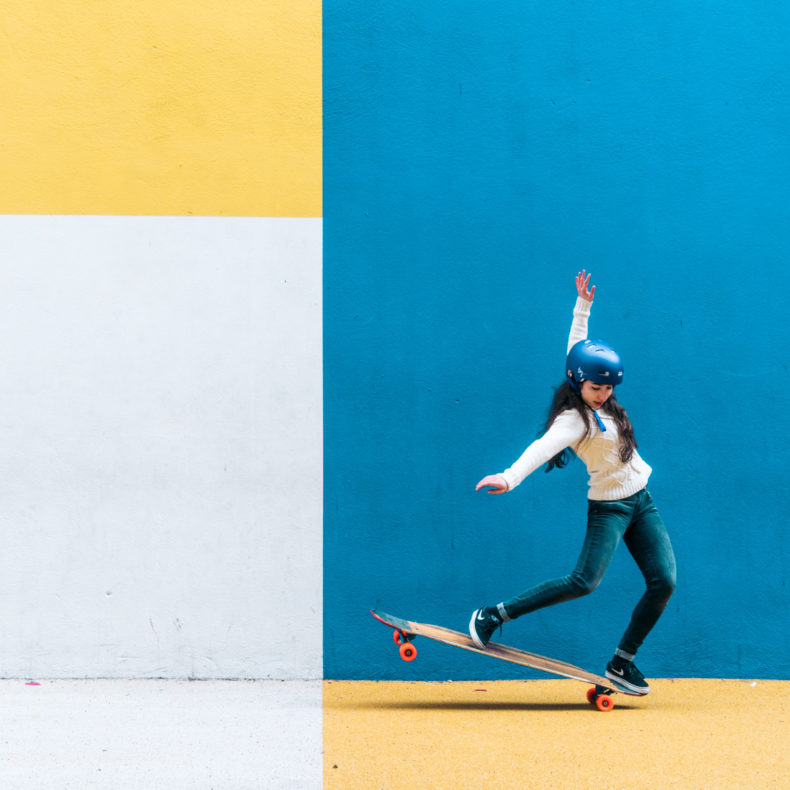
That said, the first step of freestyle dancing is to...
1. Understand the music
When you freestyle, you're not following a set of moves that was made for that specific song. So, you gotta be able to catch onto the song quickly.
First, bob your head to the rhythm/tempo of the song. Get your body to find that groove, which will set a sort of pace for your freestyle.
Then, listen to the melody – this is the layer of the song that you “sing.” (*It doesn’t necessarily have to be lyrics).
The melody helps you with the mood of your freestyle. Dancing to this layer is a great way to switch up your freestyle from hitting the 1s and 2s in the song
Notice other patterns in the music that you can emphasize.
For example, is there a bass beat every even count? A snare at the end of every 8-count?
You can take mental note of these so you can later do something to “hit” that sound.
Basically, actively listen to the music, taking in each sound and the feeling.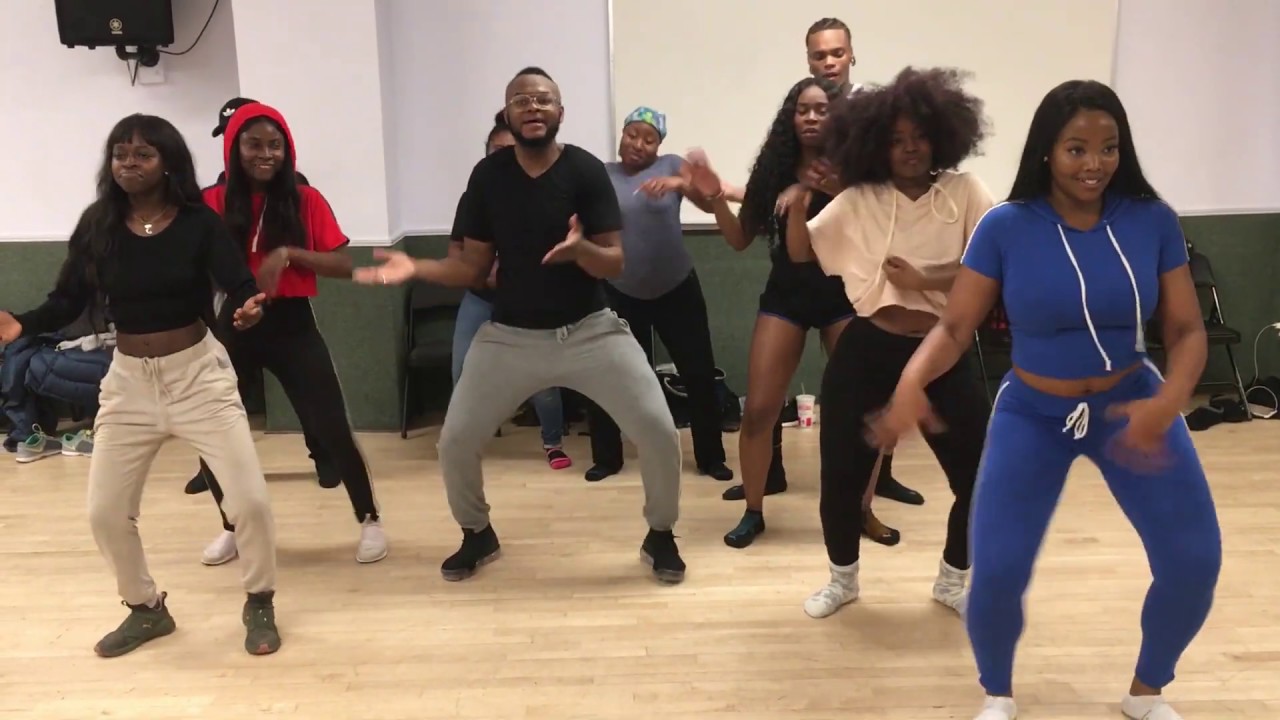
Brush up on musicality here: How To Train Your Musicality As A Dancer
2. Train your fundamentals
Fundamental, or foundational styles, are the bread and butter of freestyle.
These dances emerged in clubs or other social settings where dancers used freestyle to express themselves.
(This is also why our first point about music is so important. The music that’s popular in an area or period of time influences how people think, feel, and dance.)
Over time, the techniques, grooves, and combos from these styles became the building blocks for a lot of the choreography we see today.
These styles include but are not limited to: Popping, Locking, Hip Hop (Party Dancin'), Breaking, House, Waacking, Krump, and more!
Those examples are Hip Hop, Street / Funk Styles, but "fundamentals" or "foundation" can also refer to any sort of building block for movement.
Studio styles like Ballet, Jazz, Tap, Contemporary, are also great dance styles that set the blueprint for your freestyle.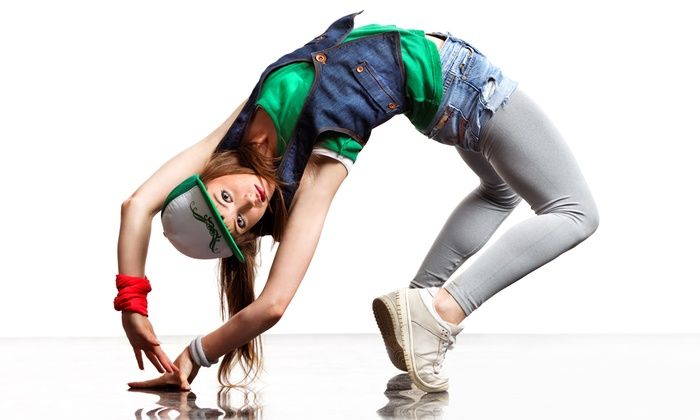
If you need a place to start, then take the Beginner Program on STEEZY Studio where Carlo Darang (Choreo Cookies, Building Block) teaches the very basics of movement (a great place to start for any style).
You can also learn Popping through Boogie Frantick's Beginner Popping Program,
Or House with Jojo Diggs in her Beginner House Program.
Here are some free drills that you can do – but remember, you have to first learn the technique in the class, so that you practice the right way!
3. Groove it out
Most dance styles have a foundational groove. It's key to have that when you're drilling techniques and moves.
But let's talk about "groove" in a different sense – Hip Hop grooves! SO much of the Urban Choreography we see and do today came from these base movements.
You can learn them in Bianca’s Grooves classes on STEEZY Studio. No choreography, just straight groovin'.
No choreography, just straight groovin'.
4. Play with dynamics and textures
Nothing’s wrong with doing a little 2-step, but if you want your freestyle to be more dynamic, then experiment with different variations of your movement.
Dynamics refer to how you do a move, not the move itself. For example, you can do the same arm wave in an infinite amount of different ways.
Fast and strong? Or initiate from the shoulder? Milk and then hit at the end?
At STEEZY, we call these the “fast and slows, highs and lows.”
Mixing up different speeds, levels of power, placements, and other factors can transform your dancing from flat to fascinating.
Get execution ideas: What Are Textures In Dancing?
5. Play with combinations of moves
We all have our “default” moves. It’s what our body naturally wants to do to certain sounds. Do you find yourself repeating certain movements?
That’s fine!
But you can make that move look more complex and interesting by fusing it with other movements.
For example, you got your basic two-step – Right, tap. Left, tap.
Now… Add arms! Maybe... a head tilt! Try a lean into your step! Groundbreaking.
Now your basic two-step is a whole new move! Experiment with different body parts to add more flavor to your base moves.
You never know what unique pictures or grooves you’ll come up with!
6. Use concepts to come up with moves
When you freestyle, you might keep reverting to the same "default" moves your body is used to.
If you find yourself doing this, try telling a story or depicting a concept with your freestyle. It will force you to think outside your own box.
This video explains how you can use “concept-based freestyling” to create new pictures and shapes and pathways.
7. Practice wherever, whenever!
The best part of FREEstyling... is that it’s FREE. Get it?? Eh?? Ok seriously. You don’t have to pay for a class or go anywhere fancy.
Get it?? Eh?? Ok seriously. You don’t have to pay for a class or go anywhere fancy.
You can freestyle in your garage, your room, your car…
Get a group of your friends together and session… hiT DA CLUB and let your freak flag fly.
So do it anytime, all the time! And watch yourself grow more comfortable and creative freestyle dancing.
If you need an extra dose of confidence to get you going, then just watch this video!
In Section 8, we'll talk about how to keep your body in tip-top shape for dancing.
Let's go!
How to Freestyle: 7 Steps (with Pictures)
In this article:
Steps
Additional articles
Most people can dance or at least improvise at school parties. But being a dancer and doing your own moves is really a skill. Follow these simple tips to learn how to improvise in dance.
Follow these simple tips to learn how to improvise in dance.
Steps
-
1
Create a comfortable environment at home. nine0018 Stand in front of a full-length mirror. It is important that you fully see your body. Then put on your most comfortable clothes (don't worry about what people will think if they see you) and just turn on the music. Select song:
- which one do you like
- easy to dance to
- just a popular song
-
2
Believe it or not, this is the hardest part of the dance. Just move to the music and don't worry that it will look very funny, because you are still learning. Make any movements with your body, as long as they are not coordinated. Just dance. nine0003
-
3
Listen to the song you are going to dance to. Try to understand it and remember when the tempo gets faster and slower and when the song ends.
 Listen to the song a few more times and go ahead - dance.
Listen to the song a few more times and go ahead - dance. -
4
Connect several movements together. You can come up with three, four or even one movement that will be only yours. You should dance them to the beat of the music and still feel natural. For beginners, clapping should be present in your movements, this will help you feel the rhythm. nine0003
-
5
Make big transitions from one movement to another during the dance, because this is a free style. It will be cool if you make fun things with your hands above your head while doing hip movements. Use different dance levels and make your dance interesting.
-
6
Look for inspiration. Watch various dance shows or just how the pros dance. Do not copy their dance moves, but you can use them for your own ideas, which in any case should please both you and others. nine0003
-
7
Have fun! Wherever you are, if you are going to dance, go back to step 2 and remember: you must look natural and move in time with the music.
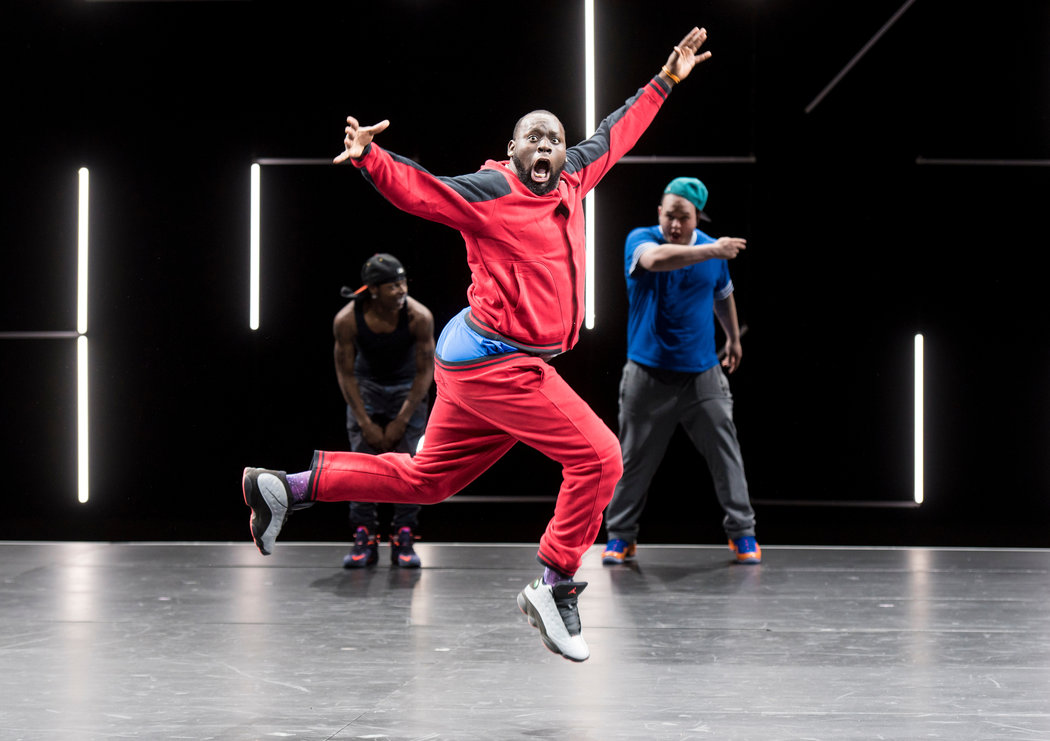 Feel the music. Establish contact with the audience. Be confident that you will succeed and just move.
Feel the music. Establish contact with the audience. Be confident that you will succeed and just move. Advertising
Advice
- Do not start with kicks or somersaults right away. First, do a few general movements, and then move on to more complex ones. nine0022
- Sometimes it's easier to freestyle with a partner.
Advertising
Warnings
- Don't completely copy other people's movements, but just take note of how they dance.
- Don't make yourself an opponent, it's just freestyle.
- Before doing any serious moves or breaking dancing, stretch to avoid injury.
- If you are a beginner, do not perform too extreme movements. nine0022
Advertisement
About this article
In other languages
How to Freestyle - Wiki How English
Most people know how to dance or at least improvise at school parties. But being a dancer and doing your own moves is really a skill. Follow these simple tips to learn how to improvise in dance.
Follow these simple tips to learn how to improvise in dance.
This page has been viewed 13,300 times.
Advertising
11 tips for productive workouts
11 actionable tips to make your workouts more interesting and productive.
1. Before training, be sure to watch a video dedicated to your dance style. Analyze it. While watching, look at possible movements, elements that you would like to practice or try in training. Pay attention to the manner of the dancer. Having tuned in to it (manner), it will be easier for you to make the movement correctly. Already during training, dancing, figuratively remember what you saw. This will make it even easier for you to achieve your goal. nine0003
2. At the beginning of your workout, start with the simplest movements. This way you hone your technique, make your style cleaner, more professional. In addition, you can warm up and prepare for more complex movements. We also note that even simple movements, performed with style, feeling and well-designed, can be really cool.
We also note that even simple movements, performed with style, feeling and well-designed, can be really cool.
3. As you practice the movements, think about what you are doing . Do not mindlessly repeat the movements of the coach. Try to think with your head. During the dance, mentally pronounce the order of movements and if you or the coach notice any problem or mistake, remember about it and be ready to correct it at the right moment. For example, "You need to swing your arms wider, you need to swing your arms wider ..." Unconscious repetition of the movement will slow down your progress and vice versa, conscious, will allow you to quickly understand, get used to and move on to the next one. nine0003
4. When dancing, look at yourself in the mirror with peripheral vision . This will allow you to see yourself from the side and objectively evaluate how you move. The bottom line is that when you look at yourself in the mirror out of the corner of your eye, the effect of a third person is created.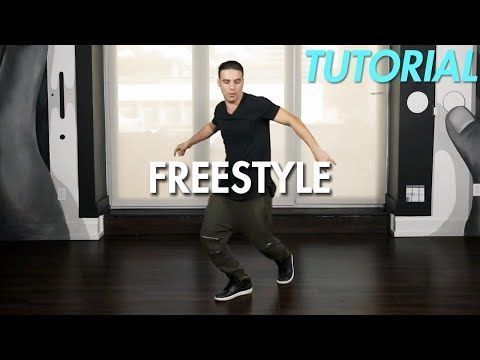 You look at yourself from the outside, not thinking that it is you. In this way, you abstract from the subjective perception of your dance and this allows you to see the movement exactly as it looks in reality.
You look at yourself from the outside, not thinking that it is you. In this way, you abstract from the subjective perception of your dance and this allows you to see the movement exactly as it looks in reality.
5. Look straight ahead, do not lower your head. nine0124 Get used to looking ahead. If you move at the mirror, then look into it. If on the stage, then on the audience. Eye contact is required.
6. Videotape your dance. Watching your video and analyzing it, you can track your mistakes. In addition, as you develop as a dancer, you can track the change in the level of dance, which will be a clear confirmation that you are on the right track.
7. Pump up the movement. Starting to learn a new movement, it is necessary to do it slowly and repeat it many times. It's called pumping. Thus, you better remember the movement and will always do it qualitatively. nine0003
8. Dance the movement. After pumping, the movement must be danced.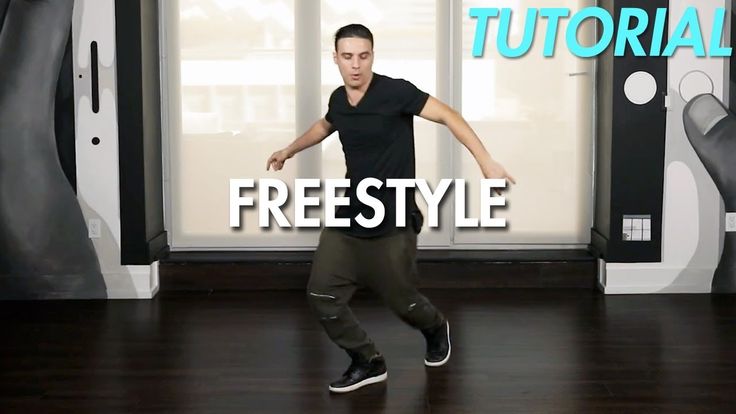 This means that it no longer needs to be performed monotonously, namely to dance. Since you move to the music at a party, disco. Try to relax and listen to music. When dancing, you can not do the movement absolutely accurately. The most important thing is to get into the rhythm and feel it. “In my practice, there were cases when I didn’t know exactly how the movement was done, but tried to dance it. At the same time, I mentally kept in my head the image of the movement itself, how it would look. And for its correct execution, I entered into its rhythm and tried , tried, tried. And only after that I disassembled it by elements, which helped me make it the most correct and pump it over." nine0003
This means that it no longer needs to be performed monotonously, namely to dance. Since you move to the music at a party, disco. Try to relax and listen to music. When dancing, you can not do the movement absolutely accurately. The most important thing is to get into the rhythm and feel it. “In my practice, there were cases when I didn’t know exactly how the movement was done, but tried to dance it. At the same time, I mentally kept in my head the image of the movement itself, how it would look. And for its correct execution, I entered into its rhythm and tried , tried, tried. And only after that I disassembled it by elements, which helped me make it the most correct and pump it over." nine0003
9. More freestyle. Freestyle is a free dance performance. That is what defines you as a dancer. Freestyle will help you start moving to the music and form your own unique style. Keep track of those elements that you especially succeeded or liked during the freestyle. Later, you can put them in your piggy bank.
